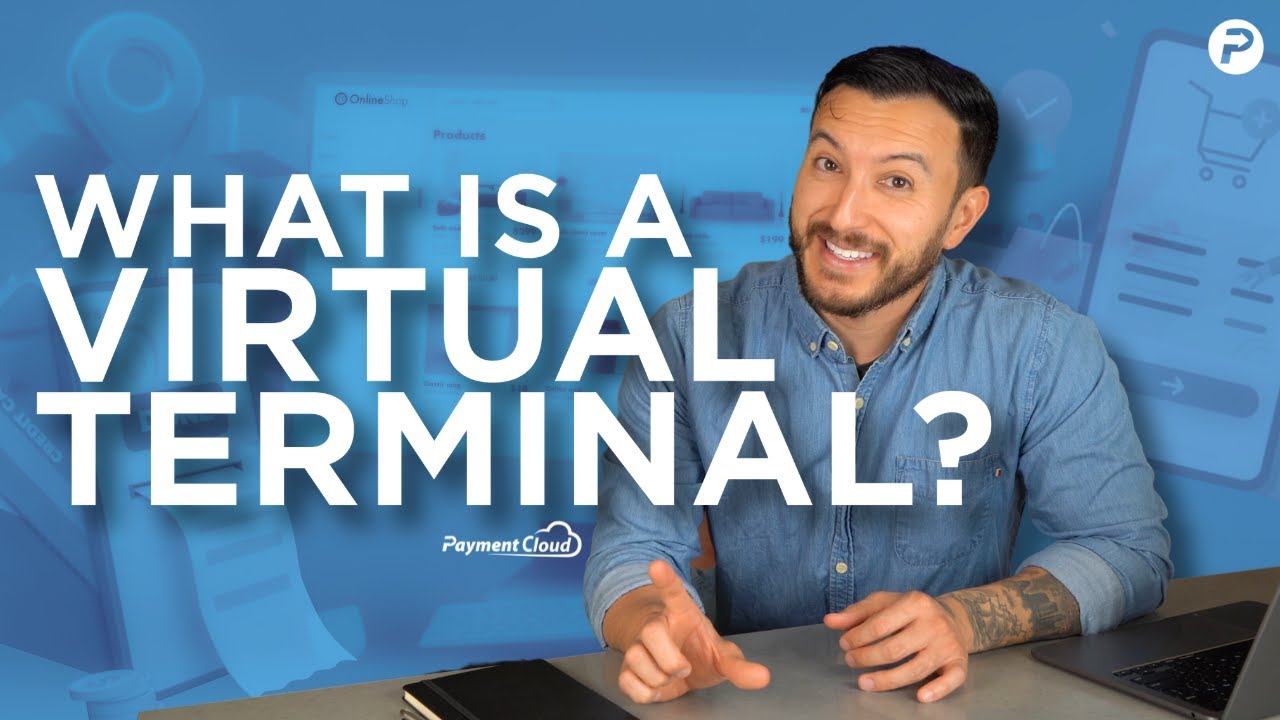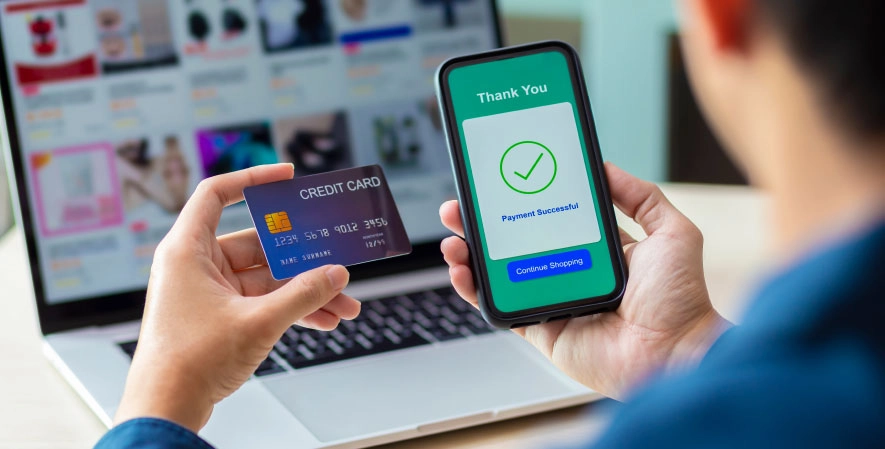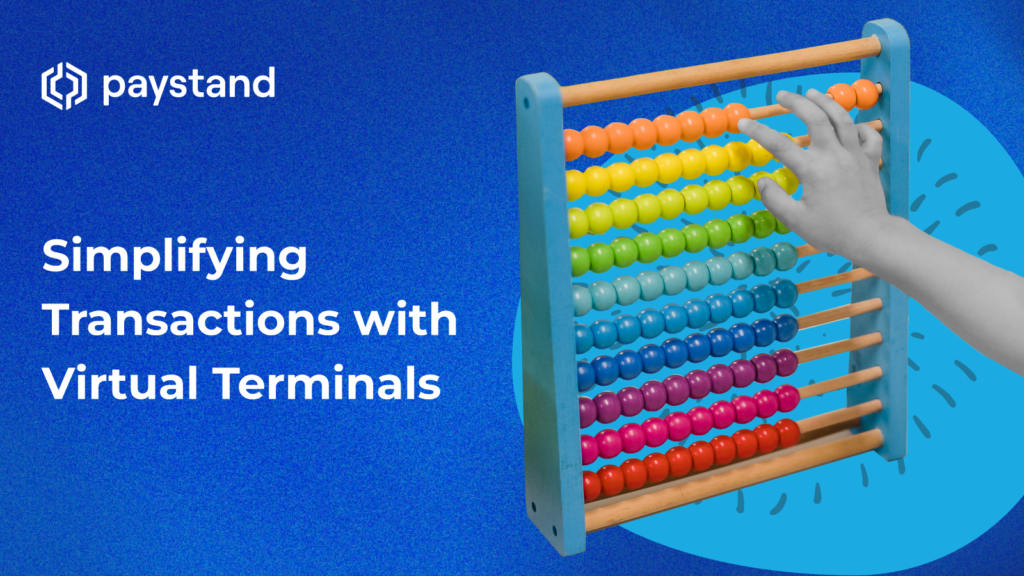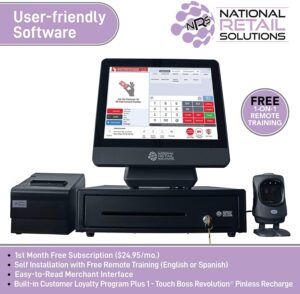
In the realm of online transactions, virtual terminals have become an essential tool for businesses of all sizes. However, understanding how virtual terminals work and their benefits can be a confusing endeavor. This article aims to shed light on the concept of virtual terminals, providing a comprehensive overview of their functionality and advantages. By the end, you will have a clear understanding of virtual terminals and how they can optimize your payment processing system.
What is a Virtual Terminal?
A virtual terminal is a web-based application that allows businesses to accept credit and debit card payments without the need for physical hardware. It essentially turns any internet-connected device, such as a computer, tablet, or smartphone, into a payment terminal. With a virtual terminal, businesses can process payments by manually entering the payment information or swiping the card using a card reader. It provides a convenient and flexible way for businesses to accept payments in various scenarios, including in-person transactions, phone orders, and mail orders.
How Does a Virtual Terminal Work?
A virtual terminal works by securely transmitting payment data from the business to the payment processor. When a customer makes a payment, the business enters the customer’s payment information, such as card number, expiration date, and CVV, into the virtual terminal’s interface. The virtual terminal then encrypts the data and sends it to the payment processor for authorization. The payment processor communicates with the customer’s bank to validate the payment details and ensure there are sufficient funds in the customer’s account. Once the authorization is received, the virtual terminal completes the transaction and provides a receipt to the business and the customer.

Benefits of Using a Virtual Terminal
Using a virtual terminal offers several benefits for businesses, including:
- Convenience: A virtual terminal allows businesses to accept payments from anywhere with an internet connection, providing flexibility and convenience to both the business and its customers.
- Versatility: Virtual terminals can process various types of payments, including credit and debit cards, e-checks, and ACH transfers, giving businesses the ability to cater to a broader customer base.
- Cost-Effectiveness: Virtual terminals eliminate the need for physical payment terminals, reducing upfront costs and ongoing maintenance expenses.
- Increased Efficiency: With a virtual terminal, businesses can streamline their payment processes by eliminating the need to manually process and track paper checks or invoices.
- Enhanced Security: Virtual terminals are designed with advanced security measures, such as encryption and PCI compliance, to ensure the safe transmission and protection of customer payment data.
Setting Up a Virtual Terminal
To set up a virtual terminal, businesses need to consider the following steps:
Choosing a Payment Processor
Selecting the right payment processor is crucial for a seamless virtual terminal experience. Consider factors such as transaction fees, customer support, security features, and integration options when choosing a payment processor.
Account Setup
Once a payment processor is chosen, businesses need to set up an account. This typically involves providing business details, bank account information, and any necessary documentation for identity verification.
Hardware or Software Requirements
Virtual terminals require either hardware or software to function. Hardware options may include card readers or keypads, while software options can be accessed through a web browser or a dedicated application. Determine the necessary requirements based on the business’s specific needs and preferences.

Accepting Payments with a Virtual Terminal
Once the virtual terminal is set up, businesses can start accepting payments. Here are the steps involved:
Entering Payment Information
For card-not-present transactions, businesses need to manually enter the customer’s payment information into the virtual terminal. This includes the card number, expiration date, CVV, and any other required details.
Processing Payments
After entering the payment information, the virtual terminal securely transmits the data to the payment processor. The payment processor then verifies the payment details with the customer’s bank and sends an authorization response back to the virtual terminal. If the payment is approved, the business can complete the transaction.
Handling Refunds
In the case of refunds or returns, businesses can use the virtual terminal to process the refund. Similar to accepting payments, the virtual terminal requires the necessary information to initiate the refund process, and the payment processor handles the actual refund transaction.
Security Measures
When using a virtual terminal, it is crucial to prioritize security measures to protect customer payment data. This includes ensuring PCI compliance, using authentication processes, encrypting data transmissions, and regularly updating security software.
Different Types of Virtual Terminals
There are three main types of virtual terminals that businesses can choose from, depending on their needs:
Web-Based Virtual Terminals
Web-based virtual terminals are accessed through a web browser, making them highly accessible and compatible with various devices. They often offer a range of features, such as customizable invoices, reporting tools, and customer database management.
Integrated Virtual Terminals
Integrated virtual terminals are designed to seamlessly integrate with existing business systems, such as point-of-sale (POS) or customer relationship management (CRM) software. This allows businesses to consolidate their payment processes and data management into a single system.
Mobile Virtual Terminals
Mobile virtual terminals are specifically designed for businesses that require on-the-go payment processing. These terminals can be accessed through mobile applications, enabling businesses to accept payments using smartphones or tablets. They are particularly useful for businesses like food trucks, delivery services, or trade shows.

Virtual Terminal vs. E-commerce Payment Gateways
While both virtual terminals and e-commerce payment gateways facilitate online transactions, they have distinct differences:
Virtual terminals are primarily used for card-not-present transactions, including phone orders, mail orders, and in-person transactions where a physical card swipe is not possible. Conversely, e-commerce payment gateways are primarily used for online transactions where customers complete their purchases on a website or through an online shopping cart.
Virtual terminals are typically used by businesses that need a flexible and versatile payment processing solution that can handle various transaction types. On the other hand, e-commerce payment gateways are commonly used by businesses with a strong online presence, as they are specifically designed for secure online transactions.
It’s important to assess the specific requirements of the business and its customers when deciding between a virtual terminal or an e-commerce payment gateway.
Virtual Terminal Fees and Costs
Using a virtual terminal incurs certain fees and costs which businesses need to consider:
Transaction Fees
Transaction fees are charged for every successful payment processed through the virtual terminal. These fees can be a flat rate per transaction or a percentage of the transaction amount, depending on the payment processor and the business’s pricing plan.
Monthly Fees
Some payment processors charge monthly fees for accessing and using their virtual terminal. These fees may cover features like customer support, reporting tools, and additional security measures.
Equipment Costs
If hardware options, like card readers or keypads, are required for the virtual terminal, businesses may need to purchase or lease them. The cost of equipment can vary depending on the selected hardware provider.

Virtual Terminal Features to Consider
When choosing a virtual terminal, businesses should consider the following features:
Customizable Invoices
The ability to customize invoices with company branding, itemized details, and payment terms adds a professional touch to the payment process and helps with record-keeping.
Recurring Payment Options
For businesses that offer subscription-based services or need to process regular payments, having the option to set up recurring payments through the virtual terminal simplifies billing processes and improves customer convenience.
Customer Database Management
A virtual terminal with customer database management capabilities allows businesses to store and access customer information securely. This enables businesses to streamline customer interactions, retrieve payment history, and offer personalized services.
Reporting and Analytics
Access to detailed reporting and analytics is crucial for businesses to analyze their sales, track payment trends, and identify opportunities for growth. Virtual terminals that offer comprehensive reporting and analytics tools can provide valuable insights for business decision-making.
Best Practices for Using a Virtual Terminal
To maximize the benefits of using a virtual terminal, businesses should adopt the following best practices:
Ensure PCI Compliance
Payment Card Industry (PCI) compliance is essential for safeguarding customer payment data. Businesses should ensure their virtual terminal and associated systems comply with the latest PCI standards to protect against data breaches and fraudulent activities.
Train Staff on Virtual Terminal Usage
Properly training employees on using the virtual terminal is crucial to ensure accurate and efficient transaction processing. Employees should be familiar with entering payment information, handling refunds, and understanding security protocols.
Stay Updated with Security Measures
Due to evolving cybersecurity threats, it’s important for businesses to stay updated with the latest security measures. Regularly update the virtual terminal’s software, utilize strong passwords, and implement additional security features provided by the payment processor.
In conclusion, virtual terminals offer businesses a convenient and secure way to accept payments from customers without the need for physical payment terminals. By understanding how virtual terminals work, businesses can make informed decisions to set up and utilize this technology effectively. Taking into account the different types of virtual terminals, fees, and features, businesses can choose the most suitable virtual terminal solution that meets their specific needs and enhances their payment processing capabilities.





Leave a Reply